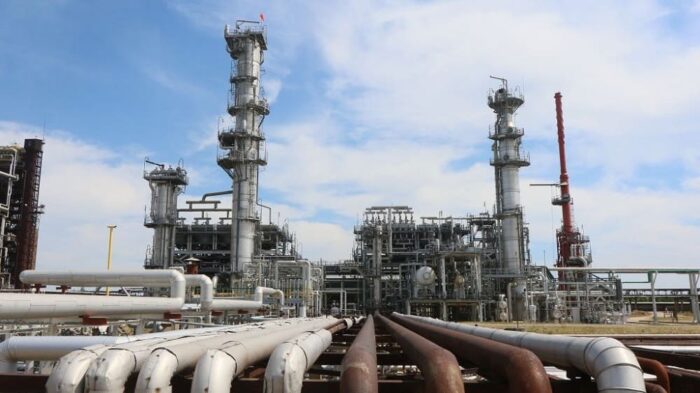Following 3 years of COVID-19 lockdowns and the economic catastrophe of the Ukraine crisis, global oil demand will surge above pre-pandemic levels next year, according to the International Energy Agency. China will drive much of the demand growth next year as it recovers through stop-start COVID-19 lockdowns, while advanced economies are projected to grapple with a worsening economic outlook and rising prices.
Meanwhile, the IEA anticipates supply growth to fall behind demand, resulting in a 500,000-barrel-a-day shortfall in the already tight market with skyrocketing prices. Oil producers in the United States are projected to support supply growth next year, but members of the Organization of Petroleum Exporting Countries seem projected to continue to struggle to meet their output targets.
The Paris-based agency stated in its closely monitored oil market report that need for crude will grow by 2.2 million barrels per day to 101.6 million barrels per day in 2023, pushing it above 2019 volumes for the first time since the pandemic first struck. This is the first time the IEA has provided 2023 predictions.
The IEA estimates that developed markets in Europe and North America will make up the vast majority of recovering demand in 2022, but less advanced nations that aren’t members of the Group for Economic Cooperation and Development will account for 80% of demand growth. China’s economy has struggled this year as a result of rising COVID-19 cases and lockdowns. However, oil demand is expected to rise by 930,000 barrels per day in 2023, helping the country reclaim its role as the key driver of global oil-demand growth, according to the IEA.
Meanwhile, a comeback in foreign travel next year is expected to boost jet fuel demand by 990,000 barrels per day in 2023, according to the report. Oil producers, on the other hand, are projected to struggle to keep up with resurgent oil demand. According to the International Energy Agency, world oil supplies will increase by 1.3 million barrels per day to 101.1 million barrels per day in 2023, exposing a 500,000 barrel-per-day shortfall.
Oil prices dipped on June 15th after Federal Reserve officials decided to raise interest rates by 0.75% to limit inflation. Brent crude, the world standard, fell 2.2% to $118.51 a barrel at the close. The major U.S. price, West Texas Intermediate, fell 3.04% to $115.31 per barrel. Countries in Europe and North America have been hesitant to pump additional oil to ease a looming supply crisis that has formed in the aftermath of Russia’s invasion of Ukraine, despite having spent years pushing their businesses toward greener sources of energy.
Due to technical challenges and capacity limits, the main oil producers who make up OPEC+—a coalition of OPEC and non-OPEC producers led by Russia—have failed to reach their targets for modest supply increases. According to the IEA, the supply concerns resulted in a 2.8 million barrels per day deficit between the group’s planned and actual production as of last month.
The IEA predicts that OPEC+’s problems will persist until 2023. OPEC+ output is expected to drop by 500,000 barrels per day to 51.1 million barrels per day in 2023, according to the agency. Meanwhile, non-OPEC+ members’ supplies are expected to increase by 1.8 million barrels per day to 50 million barrels per day. The IEA maintained its demand projection for this year at 99.4 million barrels per day. Demand was 100.4 million barrels in 2019, before the outbreak.
The International Energy Agency boosted its oil supply predictions for 2022 by 600,000 barrels per day to 99.8 million barrels per day. This translates to a 400,000 barrels-per-day excess in the energy market this year, according to the agency.



















































